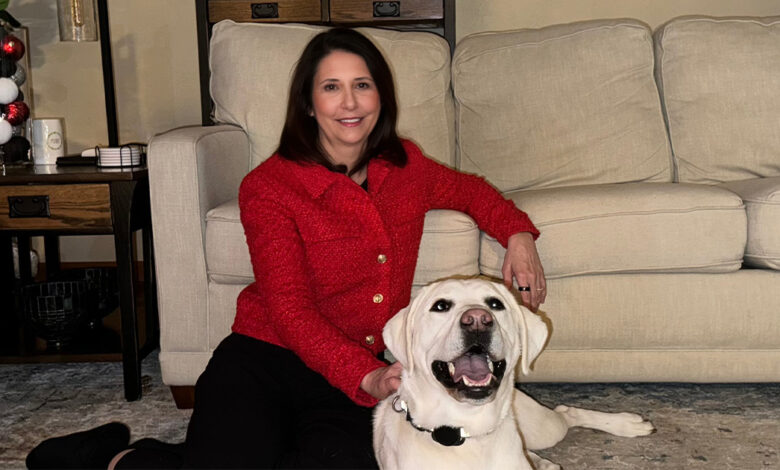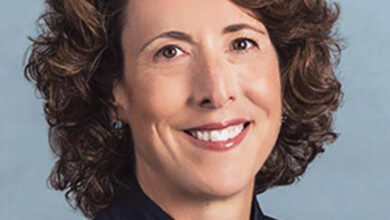EHR-integrated AI assistant boosts revenue by $7M at Penn Highlands


Penn Highlands Healthcare is a rural health system with many very sick patients who don’t have a lot of resources. And the resources of the health system, in terms of clinicians, are very limited. As a result, burnout is extremely high.
THE PROBLEM
Penn Highlands was looking for a way to decrease clinician burnout and make these jobs more palatable for professionals who might want to come to Penn to work.
“When I think about burnout and how it affected us, the most negative part of our day is just the administrative burden and the long working hours we have,” said Dr. Renee Allenbaugh, medical director at Penn Highlands Healthcare. “There are a lot of studies that show that clinicians honestly need more than 24 hours a day in order to complete all of their patient care and their documentation.
“When you have limited resources,” she added, “you simply do not have the time to capture a complete patient story, collaborate with a medical team, keep your patients and families informed, and then formulate and execute a plan on top of documenting everything you need for the government, for the government regulations, for the different payers.”
Frustration with the amount of documentation requirements and the daily administrative burden drove Penn Highlands to look for change.
“The hospitalists were working after hours to get all of their work done and sacrificing time with family, friends and their own self-care,” Allenbaugh noted. “We were looking for some kind of clinician-centered solution. There are a lot of solutions out there, but a lot of them are more computer-centered. They have workflows that don’t mesh with the true workflows we have as physicians.
“We wanted to find something very physician-centered that really helped us within the workflows that we have to improve our efficiency and improve the quality and timeliness of our documentation,” she added.
PROPOSAL
Penn Highlands went with a kind of AI-powered “copilot” technology from vendor Regard. The technology integrates within provider organizations’ electronic health records.
“They are very physician-centered and offered us like an AI assistant that is pretty accurate because, for example, a resident basically works with attendings, trying to get them information and details and decrease workload, and then at the same time learns what’s important to you and learns what’s important to medicine in general,” Allenbaugh explained.
“And that’s what they pitched us – you have this AI technology that’s fully integrated into our Cerner EHR,” she continued. “It goes through the entire EHR and picks out clinically relevant information to either upgrade a diagnosis you already have or recommend a diagnosis you didn’t already have. It doesn’t just transcribe a note for you. It goes in and finds information that would be so time-consuming for us to go back and do.”
Allenbaugh said that in her service area, health literacy is very low, so sometimes it is difficult to get information from patients.
“If you can’t find everything in the medical record or you’re spending hours going back and trying to go through different systems and pull information from different places, it makes everything very onerous,” she explained. “You are going to miss something because you can’t go back and look through all of that.
“So that’s the benefit – it’s like your assistant,” she continued. “It doesn’t take the place of your clinical thinking, but it mines the EHR and the data and brings forth what is clinically important.”
RESULTS
Penn Highlands started using the Regard AI software in September 2021.
“Let’s start with what really matters, which would be return on investment to the people who are buying these products,” Allenbaugh stated. “Regard went in and did a study after nine months on the product with 30 users across five hospitals, and they showed $3 million improved revenue. Three million dollars we wouldn’t have made otherwise.
“We did a similar study internally because we didn’t want to base our results just on what the company told us, and we saw an increased revenue of $7 million,” she revealed. “And we got to that by a 10% increase in case mix index that was sustained. Case mix index is a measure of the resources and complexity of the hospital’s patients.”
The Center for Medicare and Medicaid Services sets the case mix index and reimbursement for specific diagnosis-related groups. Provider organizations move that along a scale based on how complex their patients are and how many resources those patients require.
“When you document well, and you get all the information into the documentation, you’re reflecting the acuity and complexity of your patients,” Allenbaugh explained. “So, your reimbursement goes up because of that. And that’s really the main driver of where we saw that increase in revenue.”
The $7 million in increased revenue was measured in a way slightly different than how Regard measured. When Regard calculated, it looked at the percent increase in the case mix index, as well as the percent increase in the multiple chronic conditions capture rate. When Penn Highlands calculated, it looked only at the case mix index. But it looked at two years prior to the implementation of the AI technology, and then for the 12 months after implementation.
ADVICE FOR OTHERS
“The most important thing for organizations to consider is to think about their end user,” Allenbaugh advised. “With this type of technology, the clinician is the end user, and they have to be highly involved and engaged when you’re thinking about adding the technology because not only does it improve documentation it also changes workflows – and that makes a difference to a lot of physicians.
“In our case, it made our physician workflows much more efficient, so we were able to decrease the amount of time we spent documenting by about two hours every day per provider, which is huge,” she continued. “But that came with really thinking about the product, how it fit in with our workflows, and then how to use the product most effectively.”
Allenbaugh has seen this type of technology fail when leadership just gives it to physicians without any real training besides how to use the technology itself, not how to make it fit into one’s workday and make it be as efficient as possible.
Follow Bill’s HIT coverage on LinkedIn: Bill Siwicki
Email him: [email protected]
Healthcare IT News is a HIMSS Media publication.




